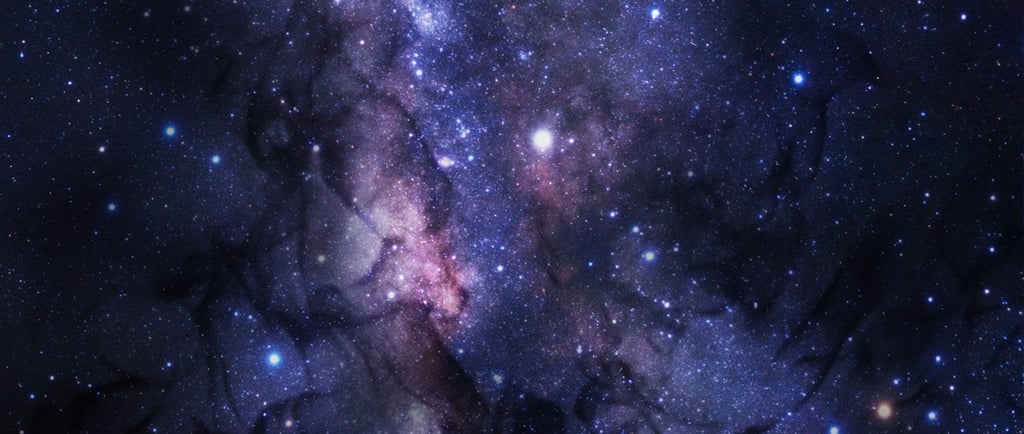Dark Objects: Expanding Microlensing Surveys


Introduction to Dimming Analysis
A new study sheds light on an innovative approach to understanding dimming events created by dark objects. By applying dimming analysis, scientists aim to expand their search for both dark exoplanets and free-floating dark matter clouds. This advancement could significantly enhance existing microlensing surveys, providing deeper insights into the universe's dark components.
Dimming Events and Their Significance
Dimming events are fascinating phenomena that occur when light from distant stars is temporarily obscured or altered due to the gravitational influence of a massive object. These objects, which can be dark exoplanets or clouds of dark matter, produce observable effects that researchers can analyze. The study indicates that improving our understanding of these dimming events can lead to more efficient detection methods for dark matter and exoplanets.
The Role of Microlensing Surveys
Microlensing surveys have historically focused on identifying massive celestial bodies through their gravitational effects on light from background sources. This new study expands upon those foundations by integrating dimming analysis techniques to better identify dark objects. With a sustained commitment to exploring the cosmos, researchers believe that utilizing these methodologies will refine the criteria employed in astronomical studies, leading to more accurate hypotheses concerning dark matter and the elusive nature of dark exoplanets.
As studies continue to unfold, there is a growing belief that dark matter does not solely exist as a component of galaxy clusters, but also exists in the form of free-floating clouds that can influence light across vast distances. Hence, the implementation of dimming analysis offers an innovative framework to identify and study such phenomena.
In conclusion, the recent findings surrounding dark objects and their role in creating dimming events underscore the transformative potential of advanced analysis techniques in modern astrophysics. By focusing on the subtle effects dark objects have on light, researchers can not only advance our understanding of dark matter but also enhance the methods through which we explore the universe. As more data is collected and analyzed using these techniques, the future of dimming analysis in the search for dark exoplanets and matter remains bright.
